Analytics and data gives us all sorts of insights into what our customers want from our business. But sometimes… don’t you wish you could get an answer straight from your customers?
That’s what customer feedback is all about.
It helps us understand the WHY behind what people are doing. Why are people using one feature three times as often as another? Why do most of your customers stop creating accounts on the last step? Or what causes customers to use your product less frequently (and eventually stop altogether)?
When we match customer feedback to what we’re seeing in our analytics, we get a much clearer picture of what’s going on. Then we’ll know how to fix problems and go after the right opportunities.
I’m going to show you how to use 5 different methods so that you can collect customer feedback day in and day out. This way, you’ll always know what your customers REALLY want and how their needs are changing.
Here are the 5 best ways to get consistent (and high quality) feedback from your customers:
- Surveys
- Feedback boxes
- Reach out directly
- User activity
- Usability Tests
Let’s jump in and get to it!
1. Surveys
Surveys are the bread and butter for getting feedback. They’re easy to set up, easy to send out, easy to analyze, and scale very well. What’s not to like?
There are two basic ways to approach surveys.
Long Surveys
This is what we’re most familiar with. After creating some questions with
SurveyMonkey, we can send out the link to our customer list, Twitter followers, and anyone else. Then we give it a few days, check back, and have all sorts of feedback (hopefully).
Now, many people get poor results when they send out surveys. Either nobody finishes the survey or the responses aren’t helpful. It doesn’t have to be this way. Use these easy tricks to make sure you get great responses from your surveys.
Keep it short. We’ve all filled out surveys that took over 20 minutes. Was that a fun 20 minutes that you remember fondly? Of course not – it was tedious work. And I bet you started rushing through the answers after the first few questions right? I sure do. So if we want to get quality answers from our customers, it’s critical that we ask only a few key questions. Try to keep your surveys to 5 questions, and definitely don’t go over 10.
Ask only the questions that you’ll use. Every question should serve a purpose. And don’t tell me that one extra question “couldn’t hurt.” It does. If you don’t use the information you’re asking for, you’re wasting your customer’s time. You’re also wasting yours. You’ll have a whole batch of responses to look through and none of them will make a difference. Instead, save time and get better responses, by including only the essential questions.
Start with open-ended questions. When you start asking your customers questions for the first time, their answers are going to completely surprise you. So if you build a survey full of rating scales and multiple choice questions, you’ll restrict answers to your own assumptions. But when you use open-ended questions, you’ll know what your customers are really thinking.
Short Surveys on Your Site
The other option is to offer a survey right on your site.
But I recommend that you avoid throwing a full-blown survey right at your visitors. If you want to feature a survey on your site, keep it to one or two questions that are highly relevant to the page that it’s being displayed on. You’ll get much better feedback this way.
But how do we implement something like this? Well, you should use
Qualaroo (formerly KISSinsights). You’ll build the question, pick the page you want to display it on, and sort through the responses as you get them. Here’s what a real question looks like:
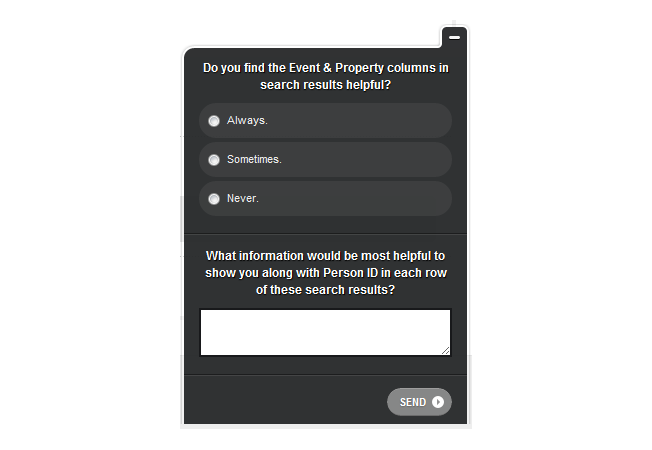
This is a recent survey that we’ve been running at KISSmetrics. You see, we’re working on some improvements to our people reports. And before we jump to any conclusions, we want to get as much feedback from our customers as possible. And this Qualaroo survey is one way that we’re doing it.
Let’s break this survey down a little bit so we can see what’s going on. Notice how the survey is asking two very specific questions. This is intentional. If you ask vague questions, you’ll get vague answers. We’re not asking if people like the report as a whole or how they’d like to see it improved. We’re asking for feedback on a single feature within the entire report. This way, we’ll know if that part of the report needs fixing and what direction we should go in to fix it.
We use Qualaroo heavily and it’s a critical part of our process to understand how to improve KISSmetrics.
But be careful about relying on surveys too much. When you use surveys exclusively, you’ll never get a chance to understand the deeper reasons behind the responses you receive. So use the surveys as a starting point.
2. Feedback Boxes
Do you have a structured process for receiving feedback from your customers? Well, you should.
Your customers are constantly thinking of ways that your business could be better. Maybe parts of your site don’t quite give them what they’re looking for. Or maybe they found something that’s broken.
More often than not, they won’t reach out to your support team. That only happens if the problem is serious. But for the minor annoyances and issues, your customer will just give up and walk away slightly frustrated. Surveys might catch the problem if you ask a related question at the right time. But I wouldn’t count on it.
And when minor issues pop up too frequently, customers will start shopping around for a better solution. Then it’s only a matter of time before they’re gone for good.
So how do we get customers to tell us about the small things? Use a feedback form.
At the bottom of every page in KISSmetrics, you’ll find this form:
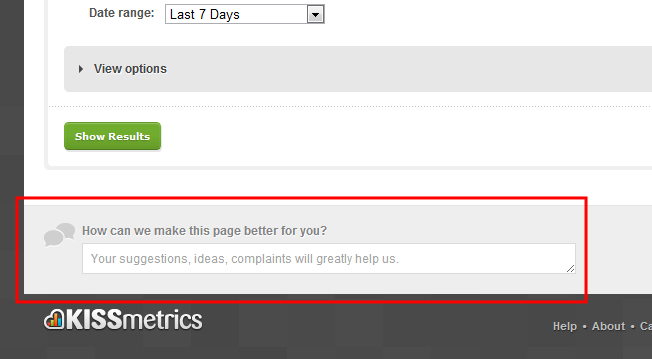
The entire purpose of this form is to make it really easy for our users to tell us when something isn’t working quite right. It’s available as soon as someone needs it, out of the way when they don’t, and sends their message to multiple people here at KISSmetrics. It even collects information like the account name, the URL, and browser version so we can recreate the problem and determine exactly how to fix it.
I highly recommend you try something similar. Feel free to experiment with different locations to see which one encourages the most feedback from your customers.
But some sites have completely corrupted the feedback form concept. Let’s take a look at how Verizon does it. On the Verizon Wireless site, there’s a little feedback button on the right side of the page.
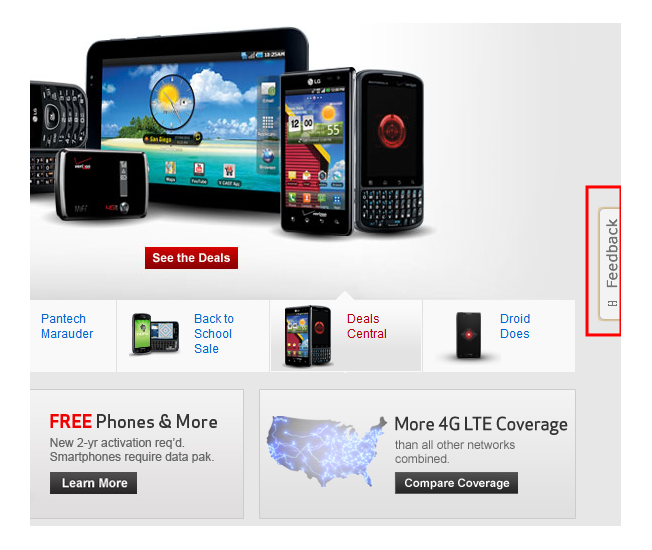
So far, so good. It’s unobtrusive and easily available. Let’s go ahead and click on it, and then we get this:
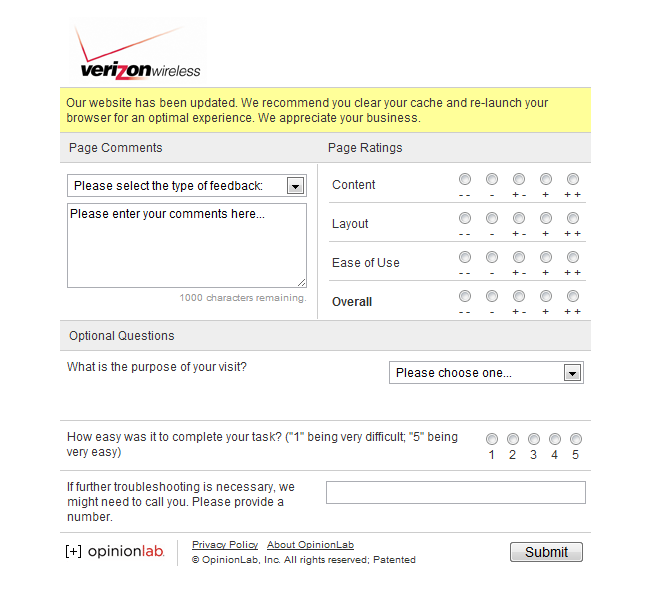
Oh dear.
If I was a real user and had clicked on that feedback button, I probably would have gone from mildly irritated to frustrated. Why? Because this entire form looks like work. I’m being asked questions about issues that aren’t relevant to mine (you want me to rate your layout?). Some of it may be confusing (what’s a cache and how do I clear it?). Instead of being able to alert Verizon about an issue, now I have to jump through a bunch of hoops. After seeing this, I might just bail completely and never send the comment I have.
The whole point of a feedback box is to get feedback from users about small things. That means they have very little motivation to tell us about it in the first place. And you won’t hear about the issue through other channels since it’s only a minor annoyance.
So make that feedback box as simple and easy to use as possible. Or you’ll be missing out on the feedback that it was designed to catch.
Once feedback starts coming in, then what?
First and foremost, you need to respond. Yup, every last piece of feedback gets a response. Even if you have no idea what the user is talking about. Here are some great ideas for how to reply:
- If a user is asking for a feature that you’re about to release, offer to give them early access in return for more feedback from them.
- For bugs and tech issues, connect them directly to your support engineers.
- Ask for a more detailed description of what they were trying to accomplish (this will help you build the right solution).
- Give them step-by-step directions on how to use a different feature in your product to achieve the same results.
Someone on your team should have the responsibility of replying to each piece of feedback within a few days. Ideally, send responses within 24 hours.
3. Reach Out Directly
This is one of my favorites. It’s also one of the most undervalued. If you want to truly understand somebody, you really need to go talk to them.
When we’re using surveys, email, or analytics, we’re missing all sorts of contextual information. Customers might say they need more money and more time. But which one are they really passionate about? Which one truly keeps them up at night? You won’t know for sure until you hear the passion in their voices as they talk about their problems.
You also want a chance to dig deeper. Let’s say you run a SaaS business that helps freelancers send invoices to their clients. And recently, you’ve been receiving feedback (from your surveys and feedback form) that your customers would like to customize the design of their invoices. There are several possible reasons why they would want to do this:
- Maybe they are designers, and they want another chance to show their skill set.
- Or maybe your current design is just awful.
- They might be looking to change a few key parts, like adding notes at the bottom.
Each of these reasons requires an entirely different solution. If you don’t reach out and talk to your customers, you’ll never learn what’s really going on, and you’ll be trying to fix the symptom instead of the real problem.
You’ll get major bonus points from this if you do it in person. So dive into your customer list and see if anyone is local. Then invite them to lunch and tell them you’re looking to completely understand how your business helps solve their problem. You will get more value from this 1-hour lunch then you will from hundreds of customer surveys
4. User Activity from Your Analytics
Wouldn’t it be nice to know which features and which sections of your site people are actually using? And how often? Sure, we can use web analytics products to get a sense of what the total usage is like. But what does an individual use?
Most analytics products don’t tell us what individual people are doing. That’s because they were built to track web sites as a whole, not your customers.
But when you use customer analytics, you’ll be able to see the activity of individual people.
What’s the big deal? Why is this useful?
When we look through the activity of individuals, it’s much easier to identify the reason why certain outcomes occur. Let’s see how this works in practice.
Take a look at this report, which shows the data from an individual person:

This is data from a business that has a 30-day free trial. So the goal is to get someone to create an account, and start using the product, then demonstrate the value of the product so that the user wants to upgrade to a paid plan.
Since we’ve received $0 revenue from this person, we know they haven’t upgraded to a paid plan. By looking at the timeline, we can see which actions they took on which days (the bigger the dot, the more times they completed that action on that day). It looks like they visited the site for the first time in early June and immediately created an account. After that, they explored all sorts of features on the site. But then activity started to drop off. Within a few weeks, this person stopped coming back and never upgraded to a paid plan.
Based on this activity, we can assume that this person didn’t find enough value in what the product offered and decided to move on.
With this data, we know who DIDN’T value our business. And since we have their email (it’s blurred out towards the top), we can then use some of these other feedback methods to dive deeper into trying to understand why they didn’t think our product is valuable. We could reach out to them directly and try to set up a meeting. Or maybe we’ll pull a list of people that have similar patterns of activity, and email them a survey. Either way, we already know exactly which questions we should be asking.
5. Usability Tests
What if you could watch someone use your product or website? You’ll see what sections they’re drawn to, what catches their eye, and where they get confused. That kind of information is invaluable.
Well, there are services that give you exactly that. You can define a task that you want someone to complete, have a random person do it, and get a recording of the entire process. For a long time, it took tens of thousands of dollars to pull this off. You need to have a research firm do it for you. These days, the cost has become very reasonable.
These are ideal for new web apps and account creations. If you’ve built a new signup process or you’re about to release a new product, I highly recommend that you watch someone use it. This will flag some of the biggest problems right away and increase the rate at which you acquire new customers.
Definitiely, check out
UserTesting.com, which offers tests at $39 per person. A few of these will pay you back with huge gains by showing you where your biggest problems are.
The Bootstrap Usability Test
Let’s say you’re bootstrapping and want to do some bare bones user testing.
First, go find someone that’s part of your target market. So if you’re selling to mommy bloggers, don’t grab some 20-something graphic designer (unless they also happen to be a mommy blogger).
Then bribe them with whatever you can (free lunch perhaps?) to try out your new product. Sit them down in your office and ask them to complete a simple task. Don’t offer guidance or help;, just watch them try to figure it out. A couple of these will expose the biggest flaws that you’ll need to fix immediately.
But don’t do this with friends and family. They think you’re awesome and that everything you do is great. So they won’t be able to look at your product in an unbiased way. They’ll soften negative feedback and strengthen positive comments. This is the exact opposite of what you need right now. To get unbiased feedback that reflects what real users will be thinking, go find some strangers for your bootstrapped user testing.
When to Make Changes Based on Feedback
So now you’re getting all sorts of feedback, which is awesome. But what do you do with it?
If you have any degree of traction with your business or product, you’ll quickly be overwhelmed with feedback. Between the feedback emails, surveys, and user tests, you’ll have far more ideas than you could ever act on.
No matter what you do, you will not be able to act on every piece of feedback you receive. You won’t have the resources.
And even if you did have an unlimited amount of time and money to respond to every piece of feedback, you wouldn’t want to. That’s because some of the suggestions you receive will come out of nowhere – from customers who were trying to do something so obscure that an adjustment might actually get in the way of the rest of your customers.
When you’re filtering through all this feedback,
you’re looking for trends. Let’s say that you see an issue pop up this week, and then someone else brings it up again 2 weeks from now. A month after that, someone mentions it again. And then there are 3 customers who all talk about it during the same week. That is feedback that you want to act on. Reach out to these people, get a deep understanding of what they’re trying to do, and then build something that will make it happen.
Bottom Line
When you collect feedback from your customers consistently, you’ll know if you’re building your business in the right direction. So experiment with the methods above and find the right combination for your business.
As soon as you find a process for collecting high-quality feedback from your customers on a regular basis, make it a standard practice.
You’ll want to start with these methods:
- Surveys
- Feedback boxes
- Reaching out directly
- User activity
- Usability tests
What other ways have you used to get high quality feedback from your customers? Tell us in the comments!
About the Author: Lars Lofgren is the KISSmetrics Marketing Analyst and has his Google Analytics Individual Qualification (he’s certified). Learn how to grow your business at his marketing blog or follow him on Twitter @larslofgren. 















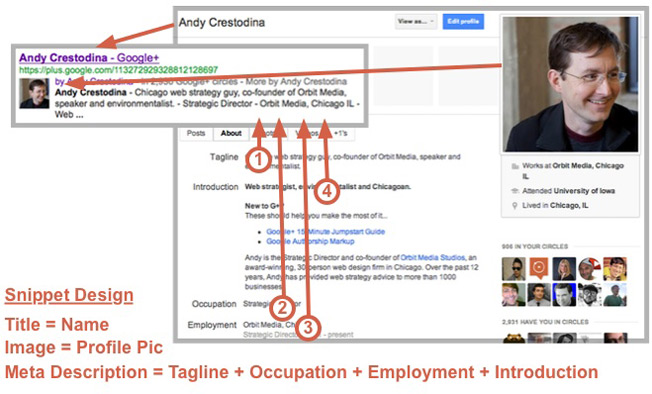
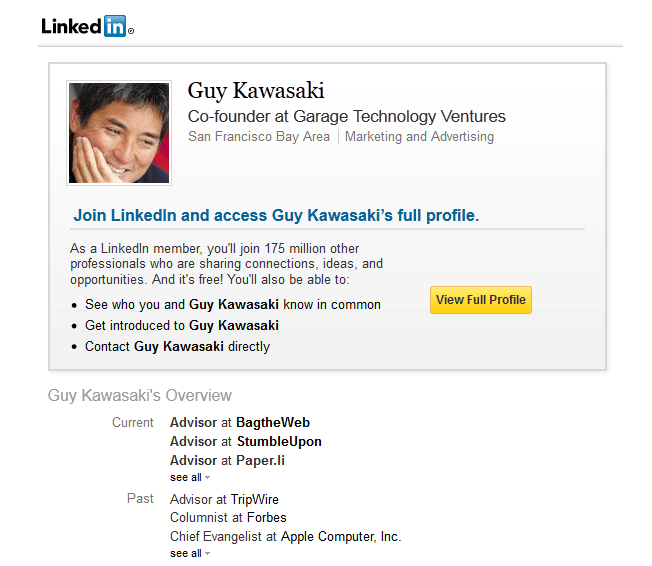


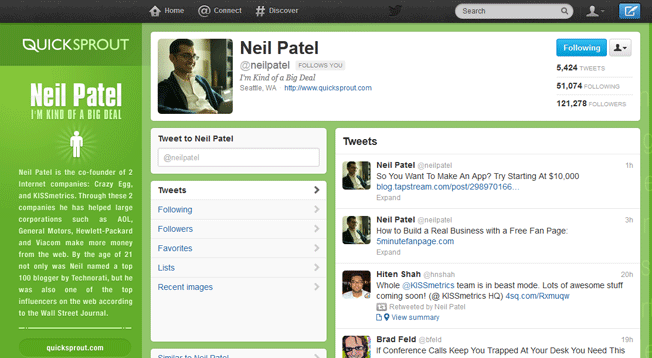

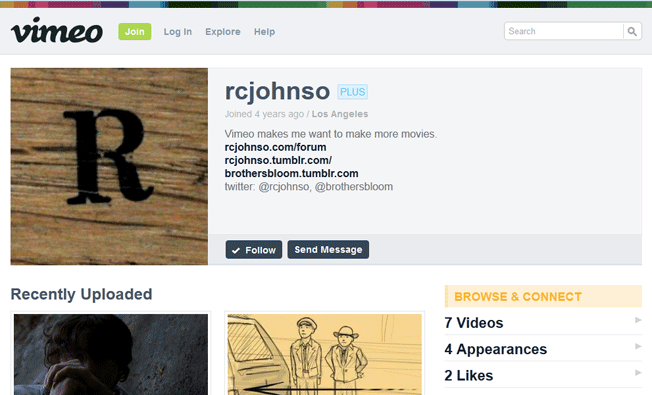
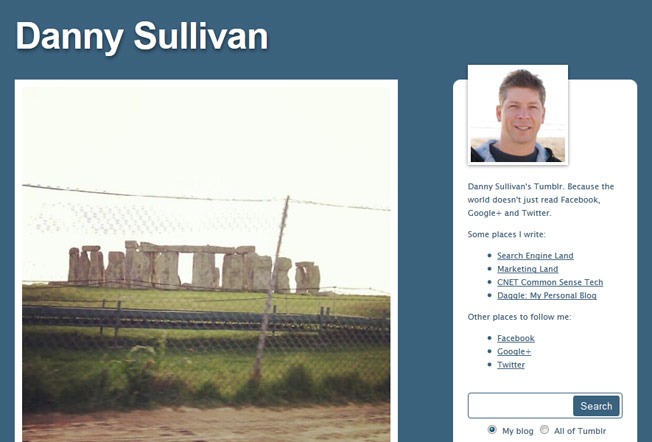
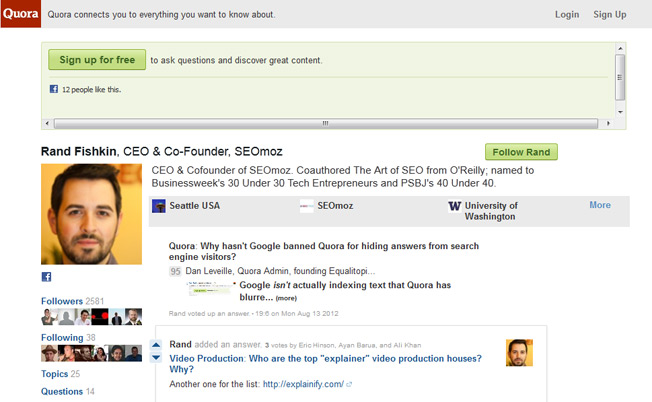
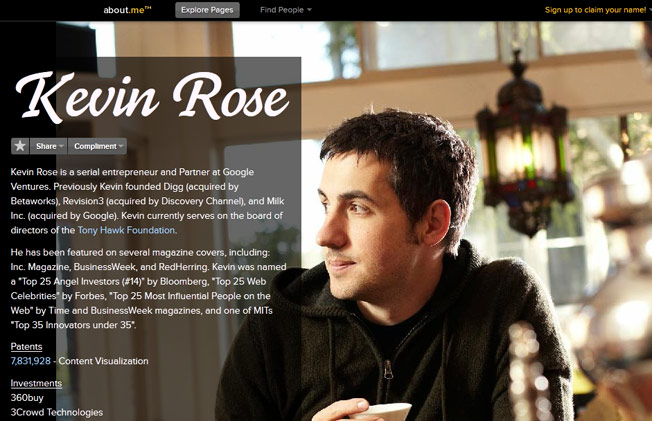
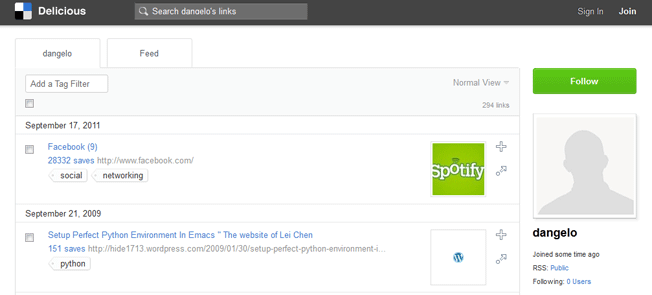
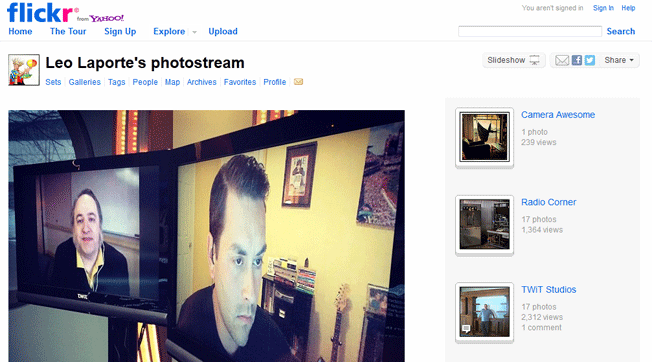
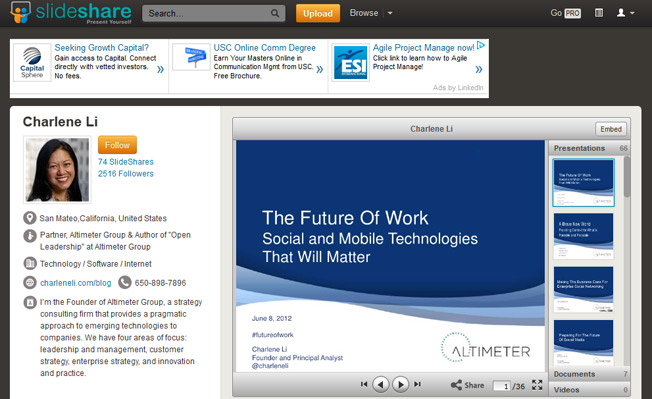
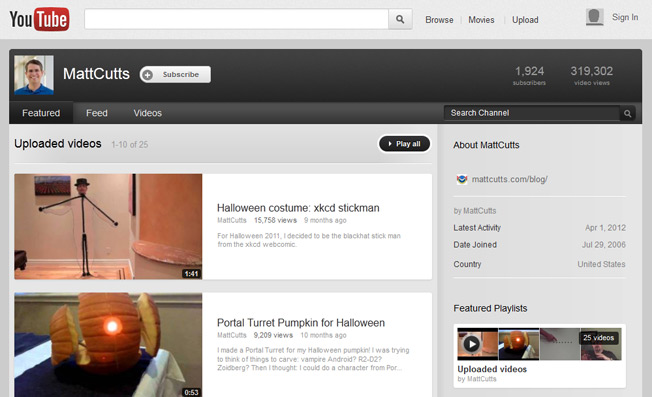

















![Marketers Are Using Social Media [INFOGRAPHIC]](http://thumbnails.visually.netdna-cdn.com/marketers-are-using-social-media-infographic_5033f17d514a4_w587.png)